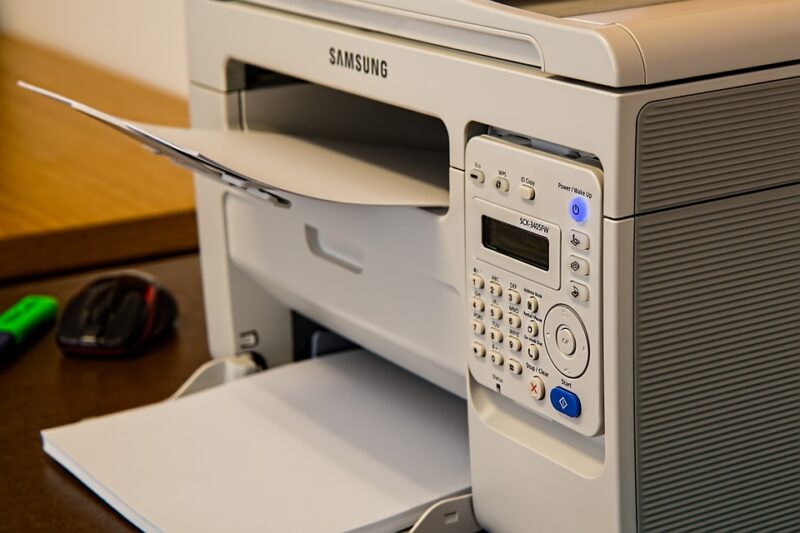Printers have refused to die. While everything else that relies on paper is slowly being left in the past, the need for printing hasn’t slowed. The opposite could actually be happening. Every year new models of printers are released into the market to meet the high demand.
Running a business involves paperwork—things like invoices, product catalogs, contracts. Printing costs can get pretty high if you outsource the task to another party. It is much more economical to have your printer inside your office or the business premise. The following is a detailed guide on what to look for when buying a printer.
Single Function vs. All-in-One Printer
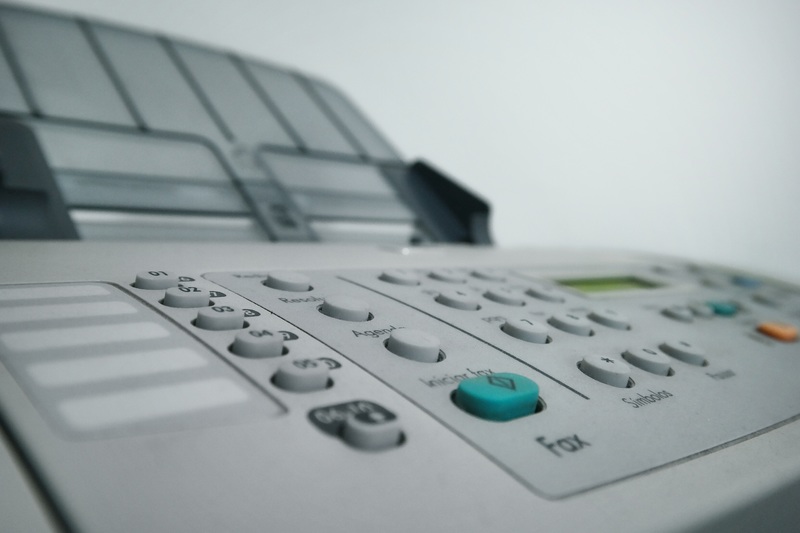
What are your needs? Do you simply need a printer that does one thing only, printing, or do you need a general-purpose one? If what you need is simple printing of documents once in a while, get a single function printer. According to AllCopyProducts, if your needs include faxing, scanning, copying and other functions, then get the All-in-One printer.
Some AIO printers have web capabilities and that is a tool of convenience. They cost more than single-function ones, but ultimately they have more benefits.
Color vs. Black and White
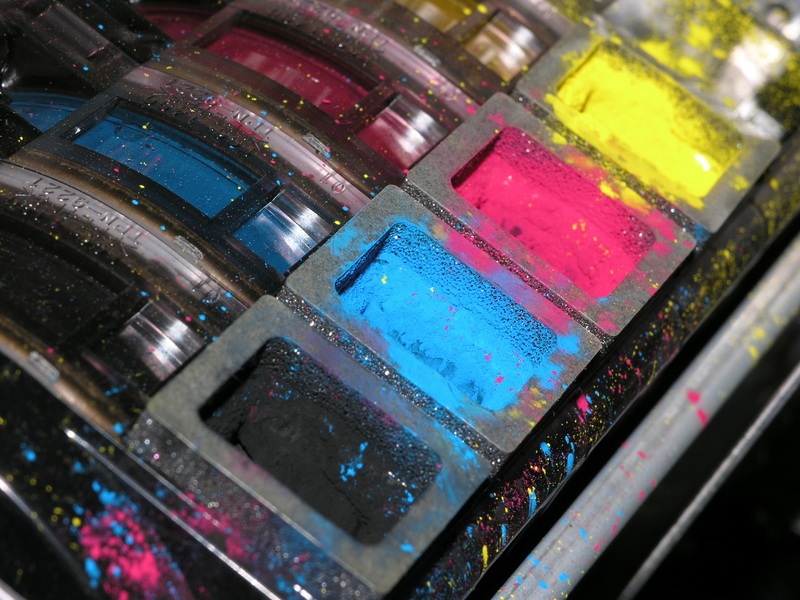
The nature of your business can help you decide whether to go for a color printer or the black and white one. If you run a photography business, then you have to invest in a color printer, no two ways about that. If your business involves regular documents, a black and white printer will serve you sufficiently.
Color inks and cartridges are very expensive. The only reason you should take that route is if your business has to use a color printer.
Space Considerations
Printers can be big and you may not realize it until you try squeezing it into the office. Before rushing to the shop, make sure there is enough space for both the printer and your movement. The last thing you would want is a stuffed office with a printer getting in the way, forcing you to bump into it when you pass.
If you do not have sufficient space, consider getting a small primer that can sit on top of a desk. Do not underestimate their sizes or assume they will fit without verifying first.
Connectivity
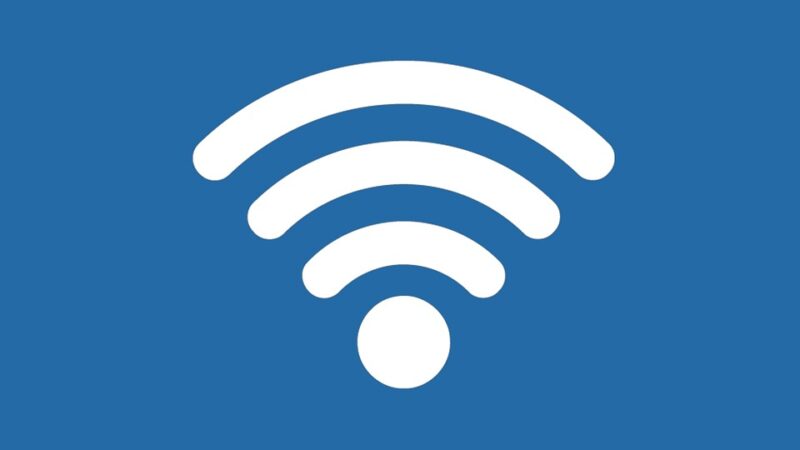
Modern printers come equipped with all the tech features that make your work easier. Bluetooth and internet connectivity reduces the need for cables which only clutter the office unnecessarily. A printer that is capable of connecting to Wi-Fi can be connected to computers and other printers wirelessly.
There is a satisfying level of convenience when you can be able to quickly print documents remotely without moving about. The latest models of printers are getting even better. They are NFC enabled, which allows you to print from your mobile phone by simply tapping the phone.
The Brand
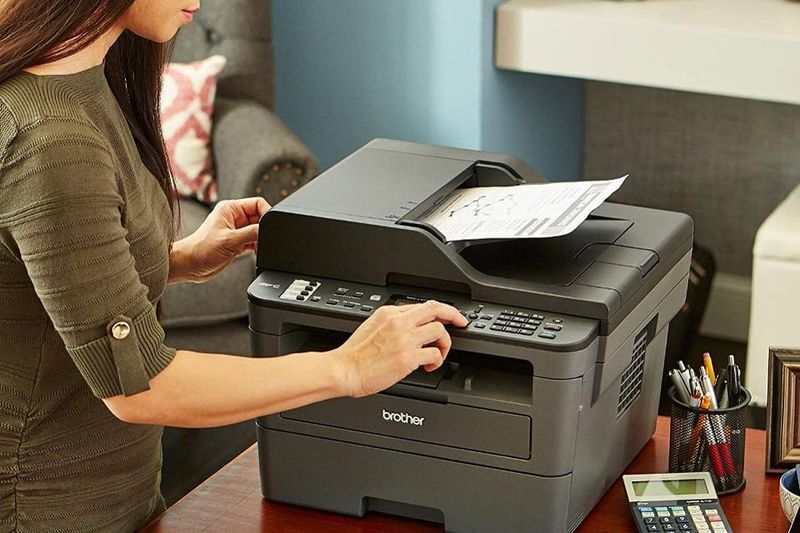
It is easy to be swayed by a brand when hunting for a printer. Most times, people will ignore a cheaper and effective printer for an expensive popular brand. It is not their fault. We unconsciously associate quality with the most visible brands. Checking online or visiting shops will not do you much good.
To accurately gauge the quality of a brand, find time to visit a trade fair. Printer manufacturers use trade fairs to showcase their products using exhibition booths courtesy of APLUS EXPO services. Get in touch with their brand reps manning the stalls and ask them all the questions you need. You can even request to test run the printers to verify any claim they make.
Speed

Speed is never that big of an issue if most of your printing involves a few pages. However, when it involves hundreds of pages, a slow printer can drive you nuts. If you want speed, consider going for a laser printer. They use optimized technology to speed up the process without affecting the output quality.
Inkjet printers have been lagging for a long time, but they are starting to catch up in terms of printing speed.
Your Budget

The bigger and faster the printer is, the costlier it gets and vice versa. As you look around for a printer that falls within the range of your budget, always consider the future. Businesses are not static; they grow. If you can afford that big expensive printer that will see you through 5-10 years, then buy that. It is a better investment than going for a cheaper, smaller one that will be unable to handle work when you start growing.
Spending less does not necessarily mean wise spending. Buy what is within your means but buy something that is quality and serves your core needs.
Noise

It is impossible to eliminate printer noise completely, but there are some printers that make the least noise when operational. Avoid loud printers at all costs, no matter how effective they may be. Sitting in a closed space with a printer that whirrs like a dying horse makes for an uncomfortable environment. It is hard getting used to that noise, especially if it is a few feet away from you.
Running Costs

Some brands, in an attempt to stave off competition, make printers that can only use their brand of ink. At times these fixed accessories can be very expensive and may lock you in a very exploitative situation. Before settling on a printer, research on the cost of their ink cartridges. Inquire about their availability, the ease of repair, and access to spare parts.
Conclusion
Printers generally have a lifespan of about 7-10 years when properly maintained. After continued use, they start developing issues like any other machine with moving parts. There is no helping or avoiding that. Purchase a printer with that in mind so that you can squeeze the best out of it before it turns into junk. Printers have low resale value, so forget about recouping anything if they break down.


